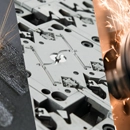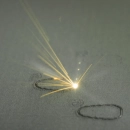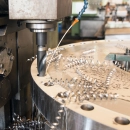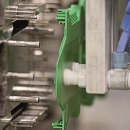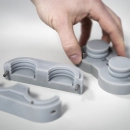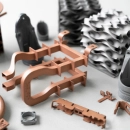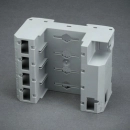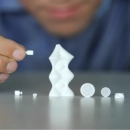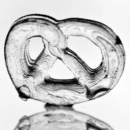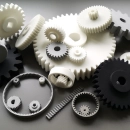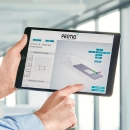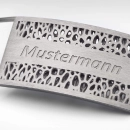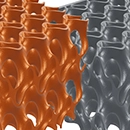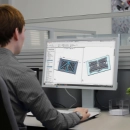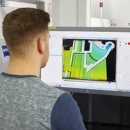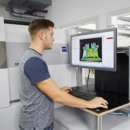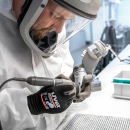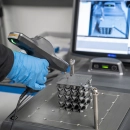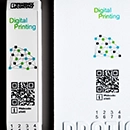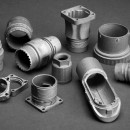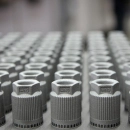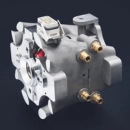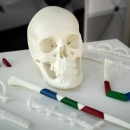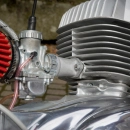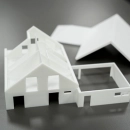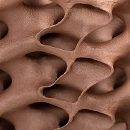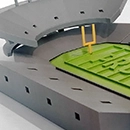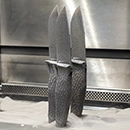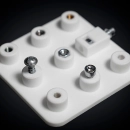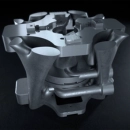Manufacturing costs
Manufacturing costs in 3D printing include all financial expenses incurred for the production of a component. These include the material costs, which are made up of the plastics, metals or ceramic powders used. The machine costs, which include the operation, maintenance and possible repairs of the 3D printers, are also taken into account. This is supplemented by the energy costs that arise from the electricity consumption during the printing process. Personnel costs for specialists who monitor the printing process and post-process the printed parts are also an important component. Post-processing costs arise from all the steps required to finish a component, such as grinding, polishing or assembly. Finally, transportation costs for materials and finished components are part of the manufacturing costs.
The total cost of manufacturing a component using 3D printing is made up of the manufacturing costs and other economic factors that accompany the production process. Development costs arise from investments in the design and prototype development phase, including CAD modeling and simulations. Software costs relate to specialized software for controlling printers and creating print templates. Quality assurance costs are another factor, arising from inspections and tests to verify compliance with the required specifications. Storage costs include the storage of materials and finished components. Investment costs refer to long-term expenses for setting up and optimizing the 3D printing process chain. These total costs provide a comprehensive perspective on the economic requirements and effort of 3D printing product manufacturing. The detailed analysis of these costs is crucial for evaluating the profitability of a 3D printing project.
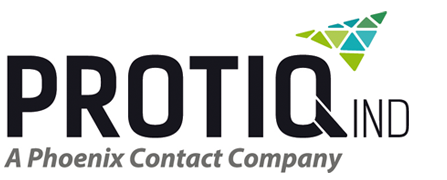


 Deutsch
Deutsch English
English Italiano
Italiano